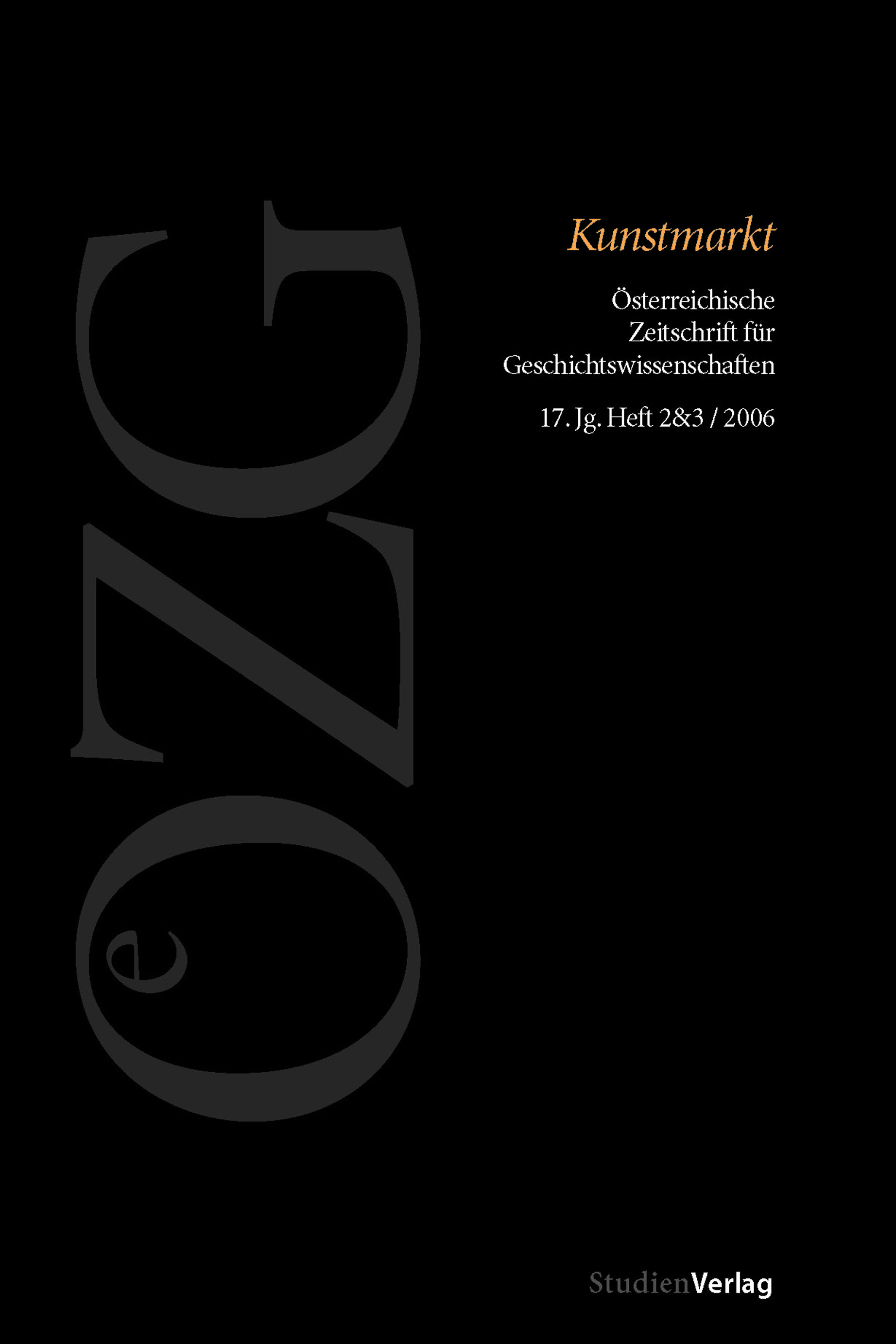Kunst zwischen Kulturindustrie und Hochkultur: Andy Warhol und die Transformation des Kunstfeldes in den 1960er Jahren
DOI:
https://doi.org/10.25365/oezg-2006-17-2-8Abstract
The process of attributing the predicate ›art‹ to an object has fundamentally changed in the second half of the 20th century. The examination of the course of Andy Warhols career in the New York City art scene of the 1960’s and 1970’s clearly shows that art trade, art critique, and museums underwent a process of crucial change during this period. The starting point of the consecration process of art is now no longer exclusively the narrow sub-segment of fine art production with its concept of autonomous art, but also a newly developing commercialized and mediatized field of art. This new subfield incorporates the mass media, explicitly sales-oriented galleries, profit-oriented collectors, increasingly event-oriented museums, and a broad mass public into the social process of attributing the predicate ›art‹ to an object. The article shows how the consecration process from the commercial and media sphere branches over into the traditional bastions of art production and leads to the origin of a broad sphere of extended production between the sphere of the clearly commercially oriented production of mass culture and the sphere of autonomous art production.


